

First: About me
Education
BSc: Computer Science
MSc: GeoInformatics
PhD: (Computational) Human Geography
Now: Associate Professor in Geographical Information Science
Research Interests:
Agent-Based Modelling
Spatial analysis and simulation
Crime patterns / environmental criminology
'Big' data (particularly for social simulation)
Simulating Urban Flows
3-year research fellowship, funded by the ESRC (UK)
Build an agent-based simulation of daily urban dynamics
Calibrated using a combination of traditional sources (e.g. census) with dynamic, crowd-sourced data
Visiting SENSEable Cities Lab in MIT
Context - Big Data & Smart Cities

Explosion in data volume.
'Datafication' of hitherto private thoughts/actions.
Transformational impact on social sciences.
Smart cities & a new generation of models to understand cities
A greater role for (e.g.) ABM
What to do with all that data?
What to do with all that data?
Modelling the Ambient population
Surprisingly poor data to quantify mobile populations
Difficulties in designing policy
E.g. urban renewal / regeneration
Intellectual interest
E.g. Equality, accessibility, mobility
The Ambient Population
Crime Victims
What is the most appropriate denominator for crime rate calculations?
Residential population is the most common
But not always appropriate
Daily flows of people significantly impact crime
Difficult to quantify hotspot severity without good population at risk estimates
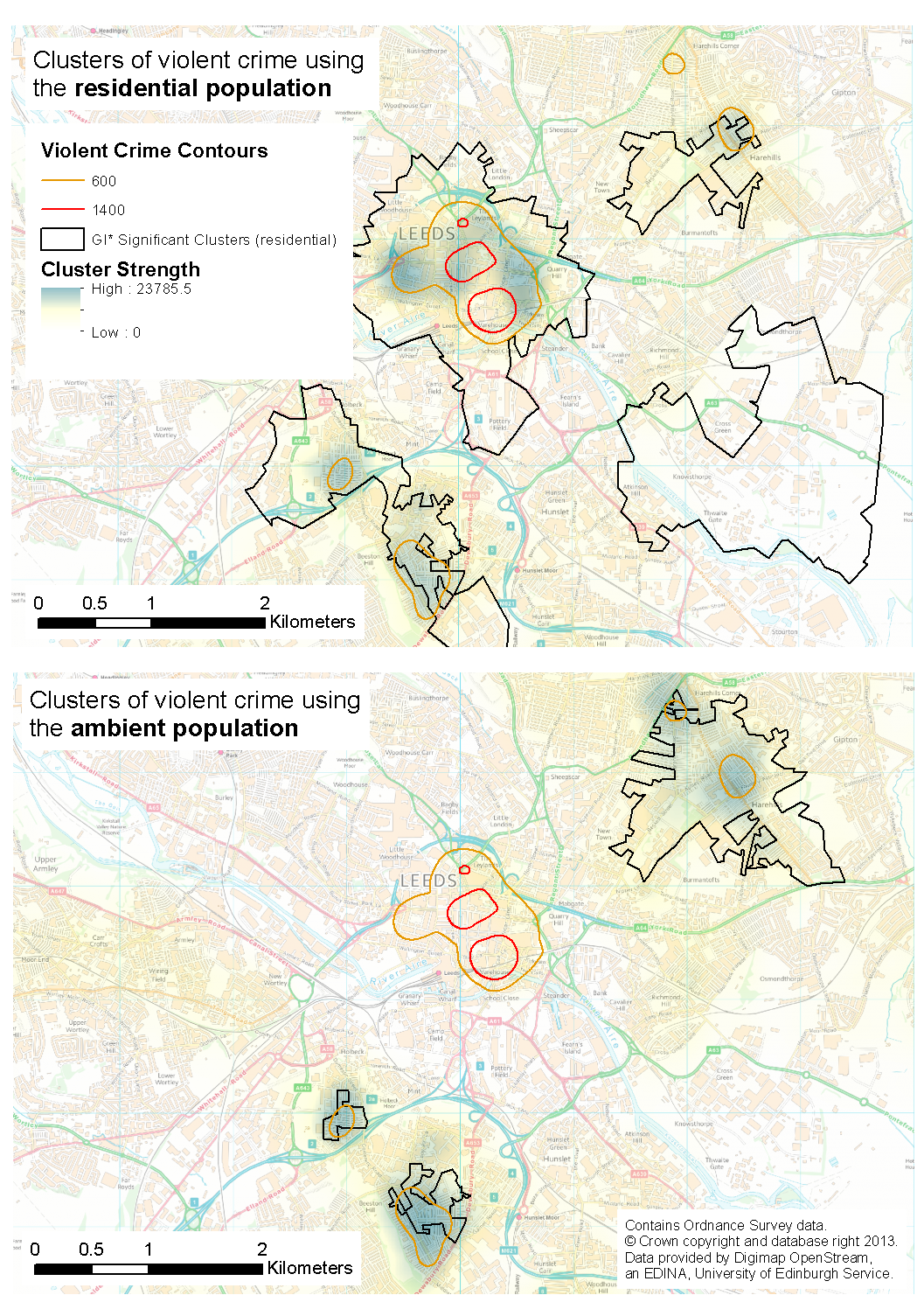

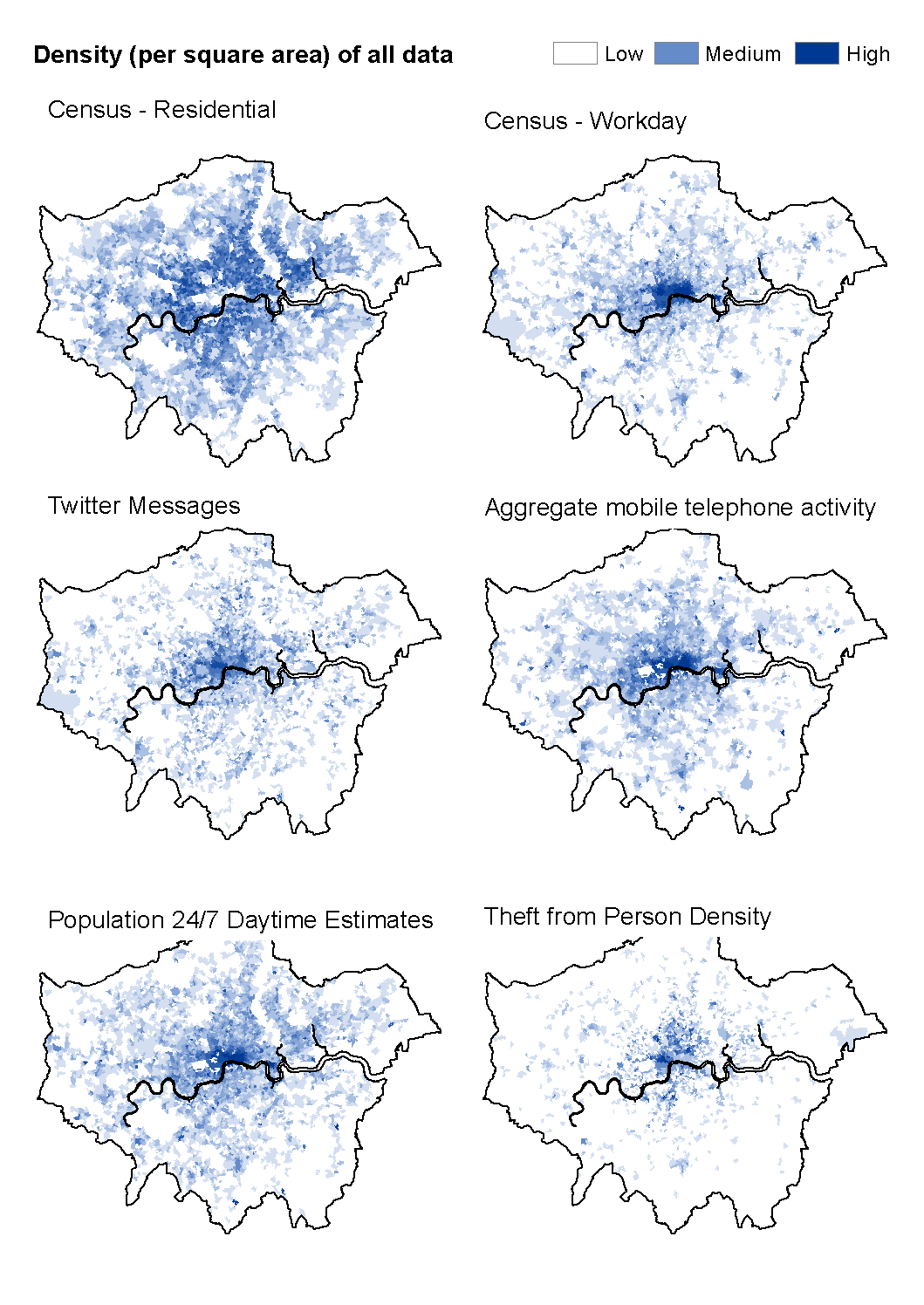

Source: dreamingyakker (CC BY-NC-ND 2.0).
The Ambient Population
Impacts of Pollution
Largest cause of preventable deaths (WHO)
Improved models of pollution generation and dispersal
But still relatively weak estimates of the population-at-risk
Urban Flow Data
The ambient population is important
But how to quantify it?
And how to better understand urban flows?
Urban Flow Data
Social Media
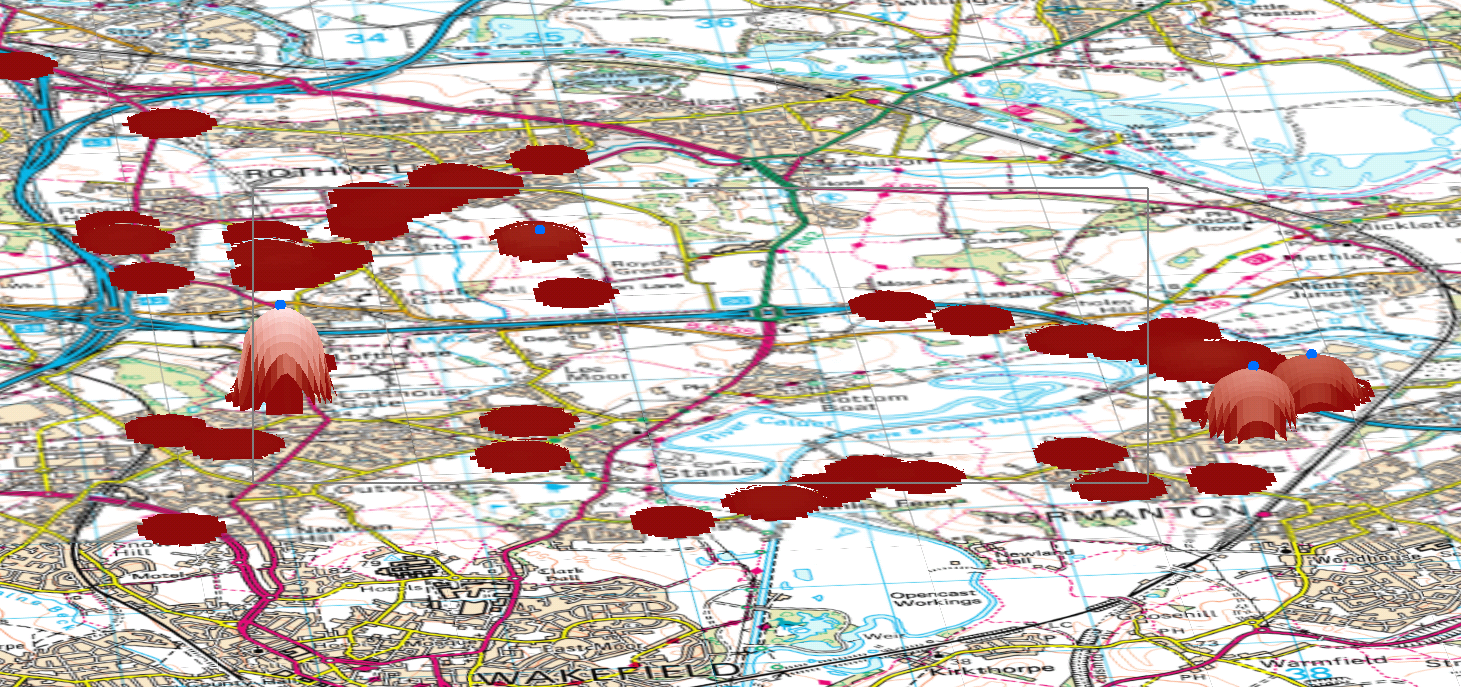
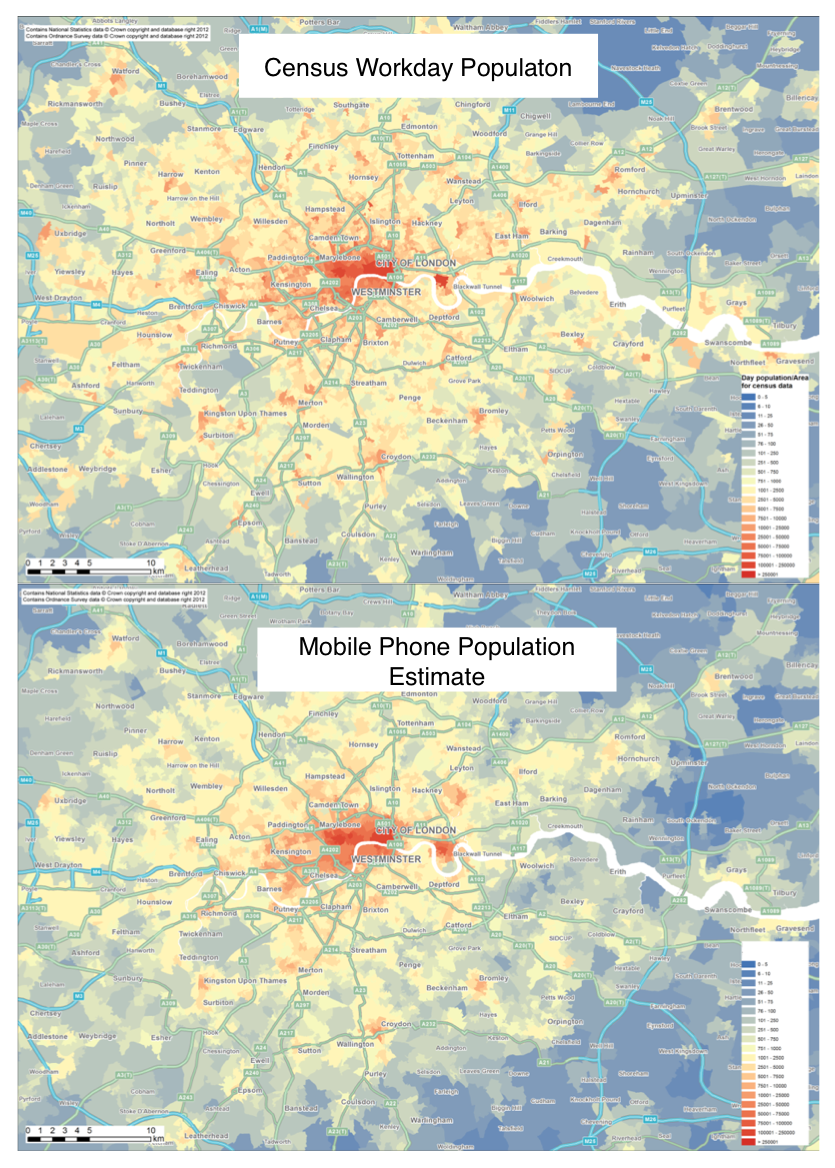
Urban Flow Data
How to quantify the ambient population and urban flows?
Mobile Communications
Large population coverage
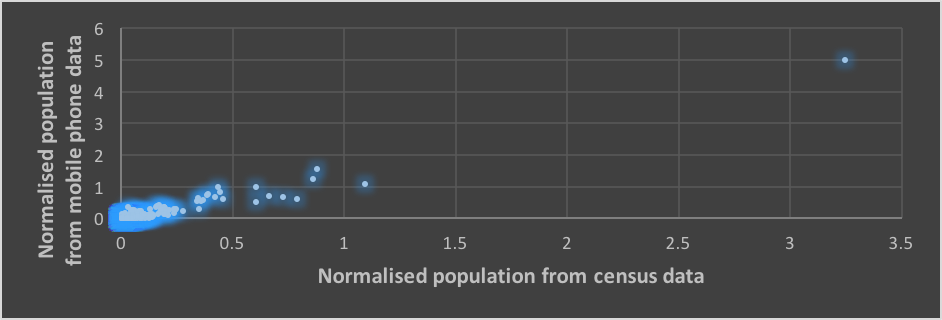
Private, unknown methodology, privacy concerns, coarse resolution (?)

Urban Flow Data
How to quantify the ambient population and urban flows?
Geo-Apps
Smart-phone apps that capture movement / location are becoming ubiquitous
Great potential for understanding (some) urban dynamics
Urban Flow Data
Difficulties
Skewness
Prolific users distort patterns
Representation
Online & public ≠ offline & private
Spatial accuracy
Bias
Participation inequality and the digital divide
Complicated!!
Messy, and "too big for Excel"
Benefits
Volume
Potential for large sub-samples
Velocity
Streaming / regularly updated
Potential for dynamic models
Need to consolidate diverse sources
Solution: Agent-Based Modelling ?
Agent-Based Modelling (ABM)
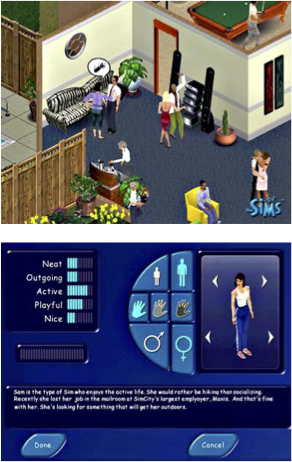
Model the individual components that drive system behaviour directly
Autonomous, interacting 'agents'
Can model emergence, non-linearity, and other features of complex systems
Basic execution process
t=0 (initialisation) : create a population of agents and their environment
Each agent has variables that represent their state and rules to control their behaviour
t+1 : Each agent executes its behavioural rules and updates its state
This can involve moving, interacting with other agents, performing an action etc.
ABM Explanatory Example
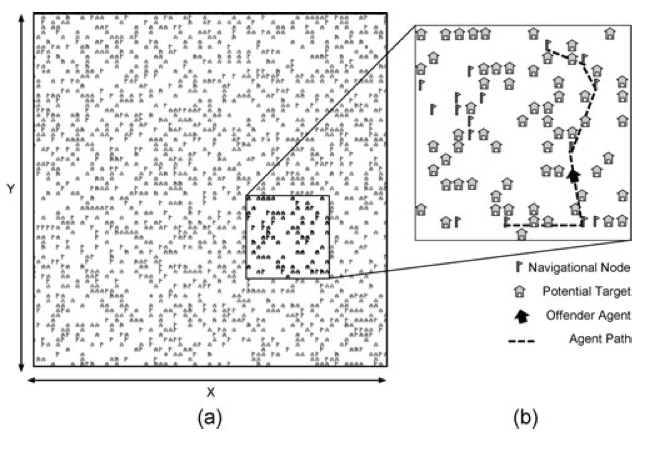
Birks et al. (2012)
Randomly generated abstract environments
Theoretical 'switches'
Rational choice perspective
Routine activity theory
Geometric theory of crime
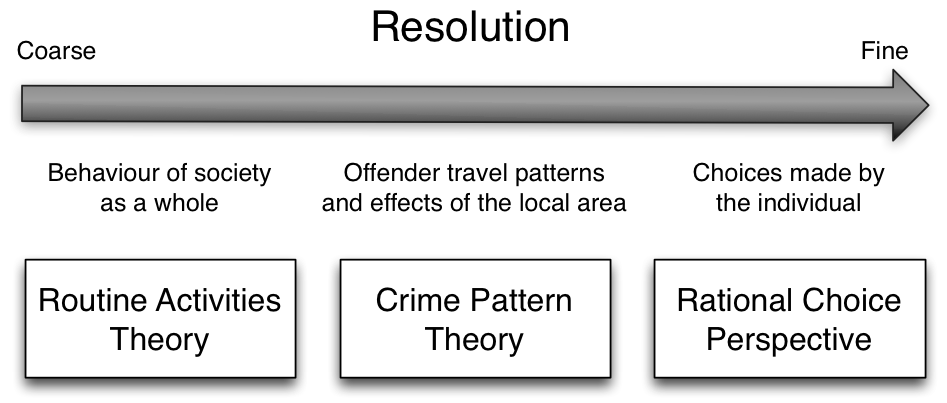
Validation against stylized facts:
Spatial crime concentration
Repeat victimisation
Journey to crime curve
ABM Predictive Example
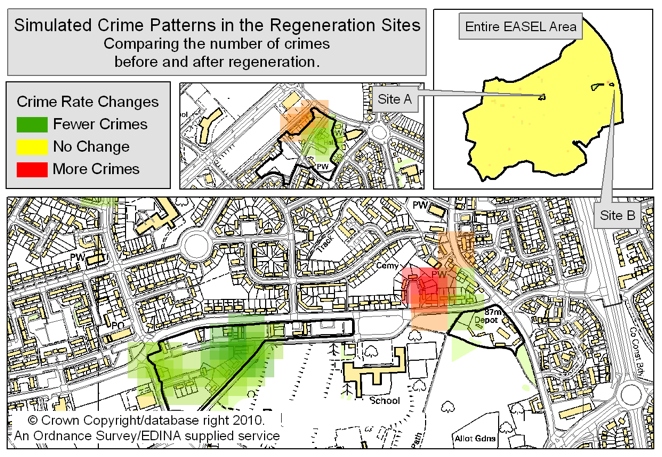
Agent-Based Modelling
Appeal:
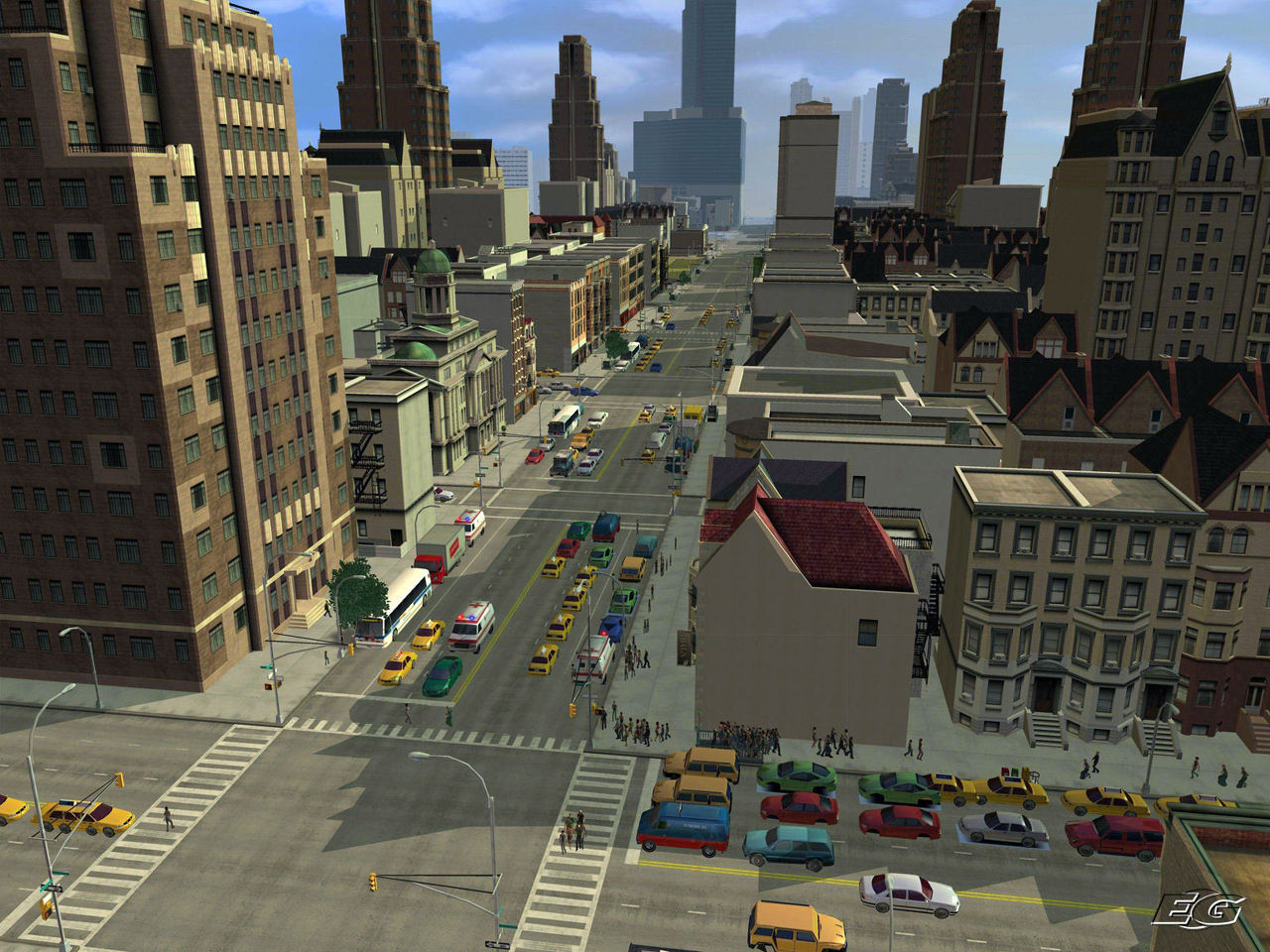
Modelling complexity, non-linearity, emergence
Natural description of a system
Bridge between verbal theories and mathematical models
Produces a history of the evolution of the system
Agent-Based Modelling

Both!
Difficulties:
Stochasticity
Computationally expensive (not amenable to optimisation)
Complicated agent decisions
Lots of decisions!
Multiple model runs (robustness)
Modelling "soft" human factors
Need detailed, high-resolution, individual-level data
surf
Big Data, ABM, Smart Cities, Ambient Populations
A city-wide dynamic ABM, constantly re-calibrated to streaming data
New insights into urban mobility patterns and footfall estimates.
Prototype

Dynamic Data Assimilation
Incorporate data into models dynamically (c.f. meteorology models)
Preliminary example using an Ensemble Kalman Filter (EnKF)
Novel for ABM

Last slide - LIDA and the CDRC

Leeds Institute for Data Analytics (LIDA)
Consumer Data Research Centre (CDRC)
Multi-million £ investments from Leeds and UK research councils
Collaborative space for big data analytics
Attract expertise from medicine/health, computer science, geography, mathematics, business ...